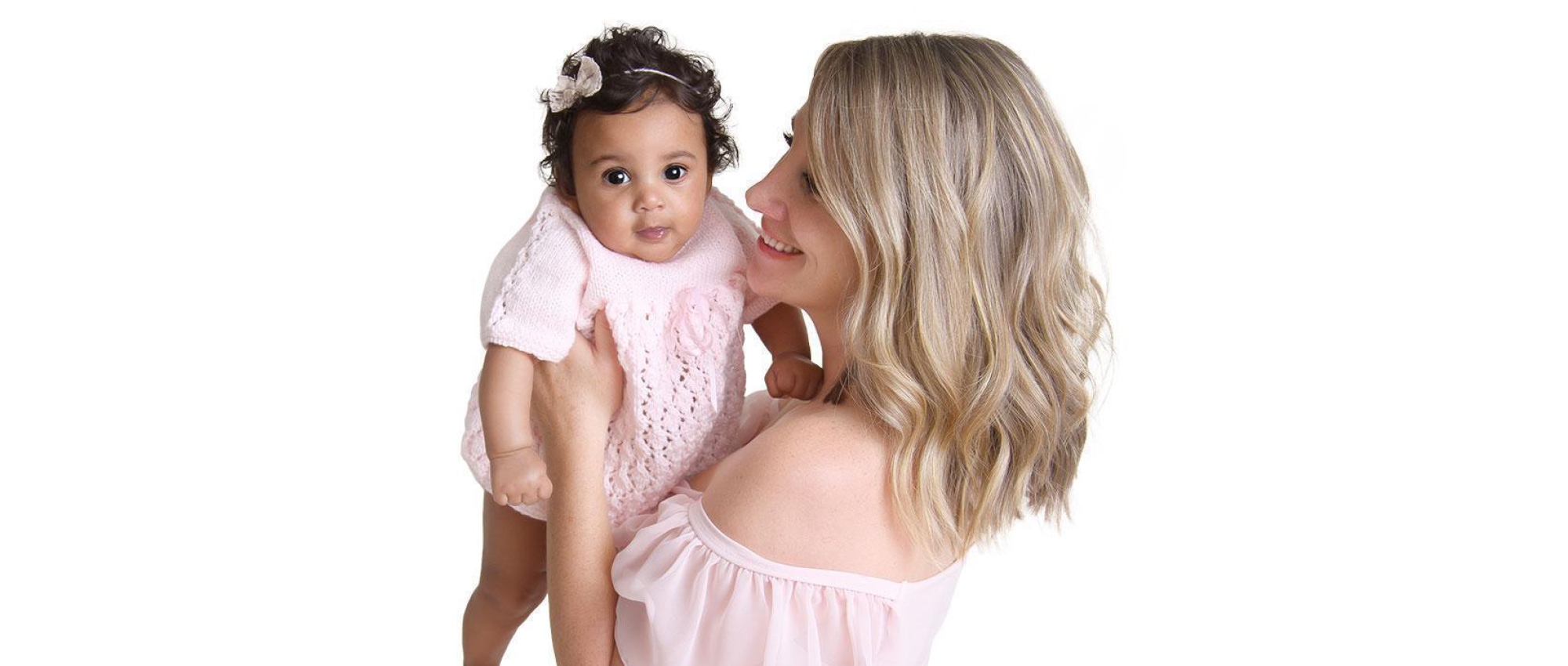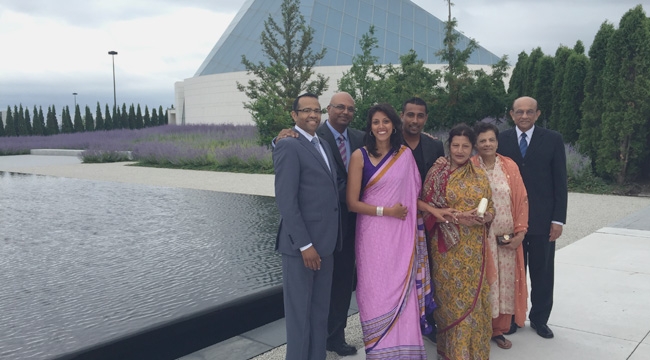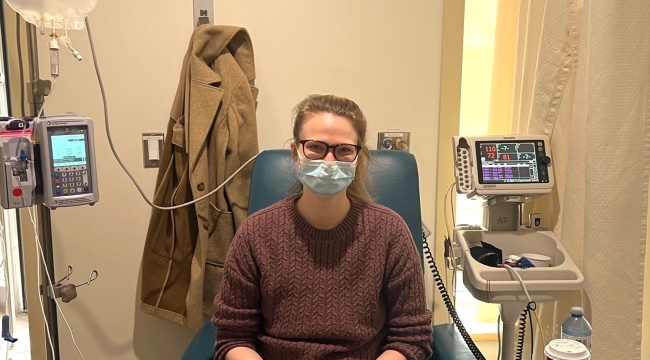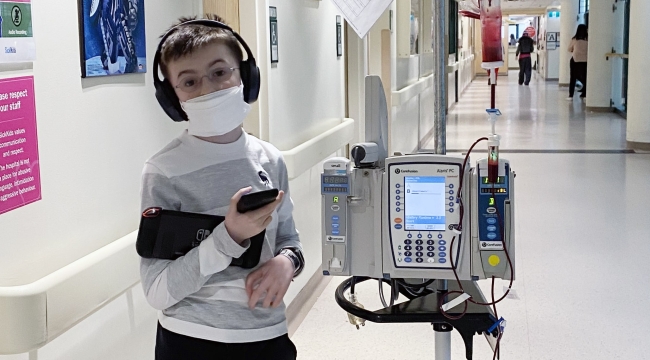‘Paying it forward’ through cord blood donation
Like most parents, Jessica vowed she would do everything and anything she could to keep her new baby happy and healthy, once she entered the world.
Because Jessica is Caucasian and her 9-month-old daughter Abigail is of mixed ethnicity, it is unlikely that Jessica would be a match for her baby if she ever got sick and required a stem cell transplant.
That’s because patients needing a stem cell transplant are much more likely to find a match from someone within their own ethnic group. So it is unlikely that Jessica would be a match for Abigail, who is half Afro-Caribbean.
Additionally, only 31 per cent of the registered donors in Canada’s adult stem cell registry are ethnically diverse. This means that Abigail, her two older brothers, and millions of other Canadians of diverse ancestral backgrounds would statistically have a harder time finding a stem cell match if they ever needed access to potentially lifesaving stem cells.
However - it is much easier to match patients with stem cells sourced from cord blood.
With cord blood, an exact match is not needed. Further, cord blood stem cell transplants have a lower chance of rejection than with other sources of stem cells. A diverse cord blood supply made up of donors from all ethnic backgrounds means we have a better chance of finding a match for patients in need.
The realization that she could help increase access to potentially lifesaving stem cells for her kids – and others like them – is what compelled Jessica to become a cord blood donor.
|
DID YOU KNOW? In 2011, Canadian Blood Services launched the Campaign For All Canadians – a fundraising effort to help build a national, public cord blood bank for the hundreds of Canadian patients in need of stem cell transplants each year. After successfully reaching the goal of $12.5 million in financial donations, Canadian Blood Services’ Cord Blood Bank became fully operational, and now has four collection hospitals across Canada that collect some of the world’s highest quality, ethnically diverse cord blood units. |
When Abigail was born in February 2019, Jessica chose to donate her umbilical cord blood to Canadian Blood Services’ Cord Blood Bank as a way of “paying it forward” and helping to increase the chances for people like her daughter to find a match.
Jessica also donated her son’s cord blood back in 2015. Both times, she delivered at The Ottawa Hospital General Campus – one of the four designated collection sites across the country.
“I know that if one of my kids ever needed a [stem cell] match, they may not find a donor,” says Jessica. “It can be challenging for people who are of mixed ethnicity to find a match, so I wanted to help change the status quo.”
“My optimism is growing”
Jessica’s positive experience as a cord blood donor has translated into her becoming a strong advocate for Canadian Blood Services’ Cord Blood Bank. Whenever possible, she encourages and educates others about the ease of the process – and raises awareness about particular need for those who are ethnically diverse to register to donate.
As a professional photographer, Jessica also has an opportunity to meet with new parents on a regular basis, during newborn photoshoots. She says she often brings up the topic of cord blood donation and has been happy to learn that more and more people of all ethnicities are now donating – or at the very least, are becoming more aware of public cord blood banking as an option.
“I can’t say for sure if any of my kids would find a [stem cell] match today if they needed one, but my optimism is growing, and my hopes are certainly much higher than they would have been 10 years ago, thanks to Canadian Blood Services’ Cord Blood Bank,” says Jessica.
Current statistics can back this optimism up.
The percentage of non-Caucasian mothers consenting to donate their umbilical cord blood is growing across Canadian Blood Services’ partner sites, and in 2018-2019, an average of 68 per cent of total collections came from ethnically diverse donors.
Overall, through Canadian Blood Services’ strong partnership with collection hospitals and our dedicated recruitment and educational efforts funded by financial donors, we have been successful in establishing an ethnically diverse cord blood inventory in Canada that is currently 61 per cent non-Caucasian.
“I know it can be hard for those of multiple ethnicities to find a match, so the more people of diverse backgrounds who donate, the better. There’s really no reason not to donate,” says Jessica.
“You wouldn’t throw away a perfectly good heart if someone standing next to you needed a transplant – so why should we look at cord blood any differently?”
Thanks in part to support from financial donors, Canada is now home to one of the most state-of-the-art public cord blood banks in the world. This year, World Cord Blood Day and National Philanthropy Day both fall on Friday, November 15.
Learn more about how you can help make a lifesaving difference for patients in need by registering to be a cord blood donor, or donating financially to Canadian Blood Services.



